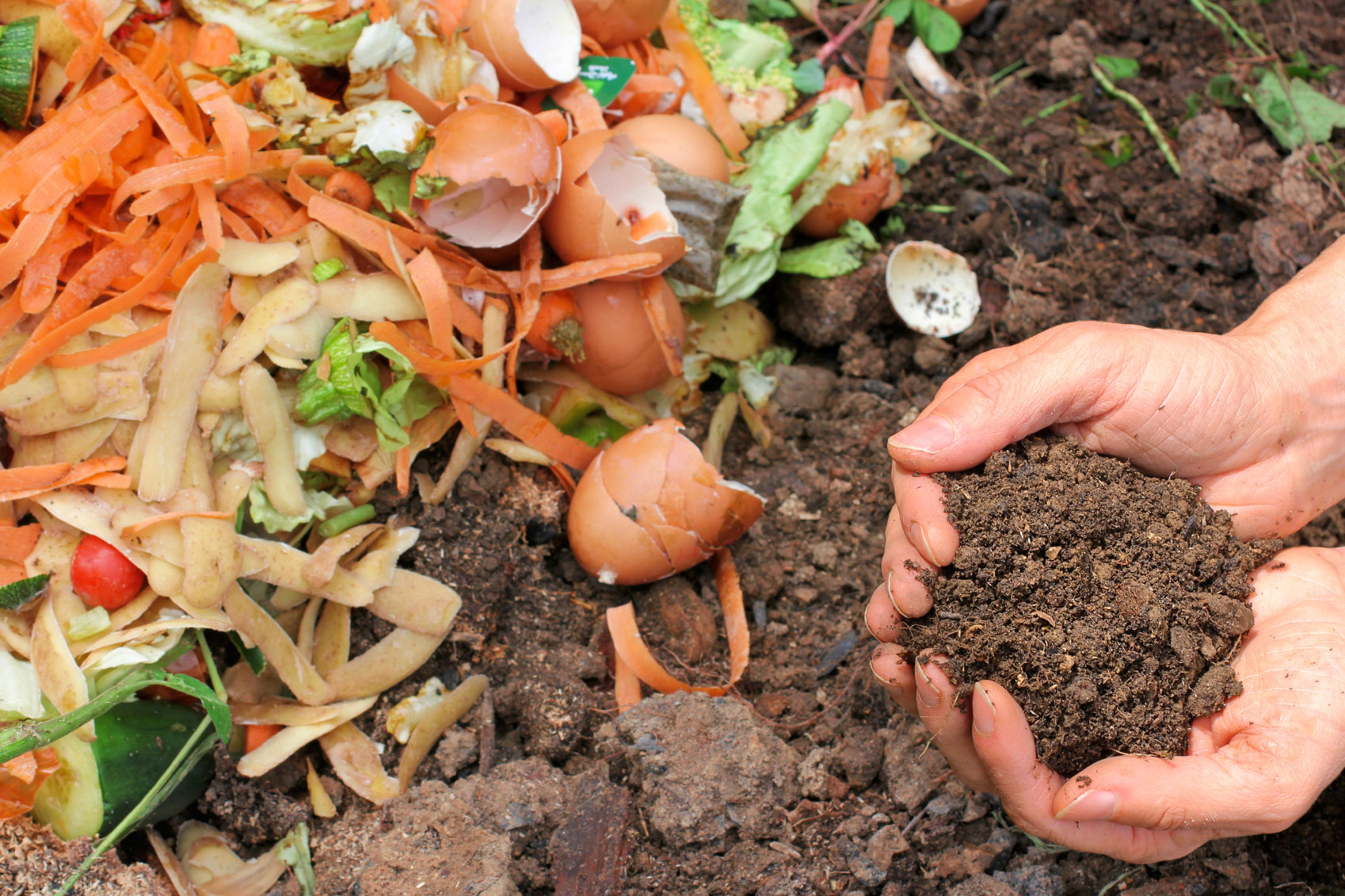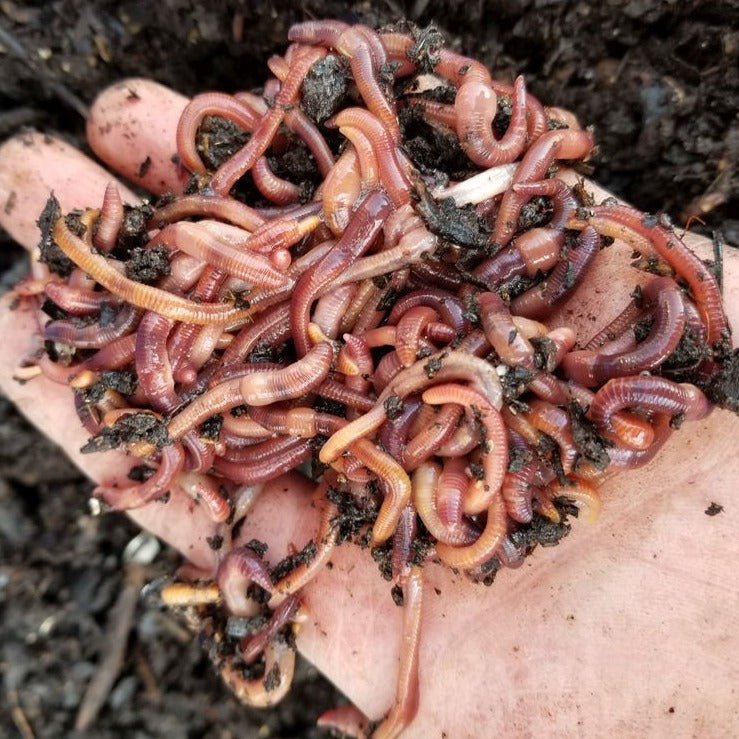Red Wiggler Composting: How to Start and Maintain a Productive Worm Bin
Red Wiggler Composting: How to Start and Maintain a Productive Worm Bin
Blog Article
Using the Power of Red Wiggler Composting: A Thorough Check Out the Environmental and Agricultural Perks of This Natural Waste Decrease Method
The method of red wiggler composting represents an engaging intersection of environmental stewardship and farming development, supplying a sustainable remedy to the growing difficulties of waste management and soil destruction. Through the all-natural procedure of vermicomposting, organic waste is changed right into an important source that not just enriches dirt yet also adds to a substantial reduction in garbage dump payments and greenhouse gas emissions. As we check out the complex advantages of this method, we discover just how it can improve agricultural practices and promote eco-friendly recognition, prompting a better assessment of its possible effect on our ecological communities and areas.
What Are Red Wiggler Worms?
Red wiggler worms, scientifically called Eisenia fetida, are a types of earthworm particularly adjusted for composting and natural waste malfunction. These worms grow in the nutrient-rich environment of breaking down raw material, making them optimal for vermicomposting systems. Expanding to a length of about 3 to 4 inches, red wigglers are defined by their reddish-brown pigmentation and distinct banding patterns along their bodies.
Unlike other earthworm varieties, red wigglers choose to inhabit the top layers of dirt and natural particles, where oxygen levels are higher and food sources are abundant. Their physical adjustments enable them to process organic materials successfully; they have a strong gastrointestinal system that enables them to convert waste right into nutrient-rich spreadings, commonly referred to as "black gold" in gardening and farming contexts.
Eisenia fetida plays a crucial role in the ecosystem by facilitating the disintegration process, enhancing dirt structure, and promoting microbial task. Provided their unique characteristics and eco-friendly value, red wiggler worms have come to be a main element in lasting waste management practices and natural gardening efforts, adding substantially to environmental wellness.
Benefits for Soil Wellness
The incorporation of red wiggler worms in composting systems provides considerable advantages for dirt health. These worms play an important function in the disintegration procedure, damaging down organic matter into nutrient-rich vermicompost. This natural fertilizer improves dirt framework, oygenation, and water retention, adding to an extra favorable environment for plant growth.
Vermicompost is rich in important nutrients such as nitrogen, phosphorus, and potassium, which are vital for plant development (Red Wiggler Composting). The presence of useful bacteria in vermicompost additionally promotes soil health by improving vitamins and mineral schedule and reducing soil-borne microorganisms. This dynamic interaction cultivates a durable soil community that supports lasting farming methods
Additionally, red wigglers facilitate the development of humus, a steady organic matter that boosts soil fertility and resilience. This raised organic content not just enhances dirt appearance however also boosts its capability to withdraw carbon, alleviating climate adjustment effects.
Incorporating red wiggler composting right into agricultural systems can, consequently, result in much healthier dirts, higher crop returns, and enhanced sustainability. Consequently, accepting this natural waste decrease method can generate profound advantages for both the environment and agricultural performance.
Effect On Waste Decrease
Integrating red wiggler worms right into composting systems considerably lowers waste, transforming natural products that would or else add to landfills right into valuable compost. This technique, known as vermicomposting, effectively refines kitchen scraps, lawn waste, and various other biodegradable materials, bring about a substantial reduction in the quantity of waste sent out to landfills. According to the Environmental Defense Firm, organic waste comprises a considerable section of landfill contents, generating harmful greenhouse gases as it decays anaerobically.
By utilizing red wigglers, a very effective composting agent, businesses and homes can divert a significant quantity of organic waste from these garbage dumps. Each extra pound of red wigglers can refine and eat concerning half an extra pound of natural waste daily, bring about an impressive decrease in total waste generation.
In addition, the application of vermicomposting assistances neighborhood waste monitoring initiatives and promotes a circular economic climate, wherein waste is transformed right into a source. As neighborhoods progressively adopt this practice, the cumulative result on waste decrease ends up being apparent, fostering a more lasting setting and encouraging responsible useful content waste management techniques. Accepting red wiggler composting not only mitigates waste concerns however also enhances area understanding about lasting living.
Enhancing Agricultural Practices
Using red wiggler worms in agricultural techniques can substantially improve dirt health and wellness and crop performance. These worms play an important role in the composting procedure, breaking down raw material right into nutrient-rich vermicompost. This natural plant food enhances dirt structure, water, and oygenation retention, which are essential for robust plant development.
Additionally, the spreadings created by red wigglers are abundant in important nutrients, such as phosphorus, potassium, and nitrogen, advertising healthier plants with greater yields. The microbial activity boosted by these worms also contributes to a thriving dirt ecological community, enhancing biodiversity and strength versus conditions and insects.

Additionally, using vermicompost can enhance soil pH degrees, making nutrients much more accessible to plants. Red Wiggler Composting. Consequently, farmers can cultivate healthier plants while at the same time adding to soil preservation efforts, inevitably developing a more lasting farming future
Beginning With Composting
Starting your composting trip calls for an understanding of the important elements and processes included. The main component in red wiggler composting is natural waste, which can include cooking area scraps, backyard waste, and paper products. It is vital to preserve an equilibrium between green materials, abundant in nitrogen, and brownish materials, high in carbon. This balance promotes an optimal setting for red wigglers, which are the key organisms in this composting approach.
Choosing an appropriate composting system is similarly crucial. Worm containers can be designed for exterior or interior usage, and they need to offer ample drain and aeration. It is encouraged to start with a handful of worms-- about one extra pound of red wigglers for each one pound of waste created regular.

Conclusion

The method of red wiggler composting stands for an engaging intersection of environmental stewardship and agricultural technology, offering a sustainable option to the expanding obstacles of view it waste management and soil deterioration.Additionally, the application of vermicomposting assistances neighborhood waste management efforts and promotes a circular economic climate, where waste is changed right visit our website into a source. As areas significantly embrace this technique, the cumulative effect on waste reduction becomes evident, fostering a more sustainable environment and encouraging responsible waste management practices. The primary active ingredient in red wiggler composting is natural waste, which can consist of cooking area scraps, lawn waste, and paper items.In summary, red wiggler composting presents a sustainable solution for natural waste monitoring, producing nutrient-rich vermicompost that substantially boosts dirt health and wellness.
Report this page